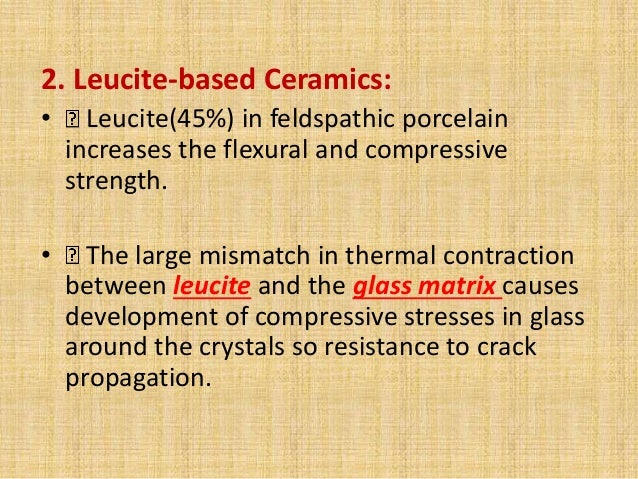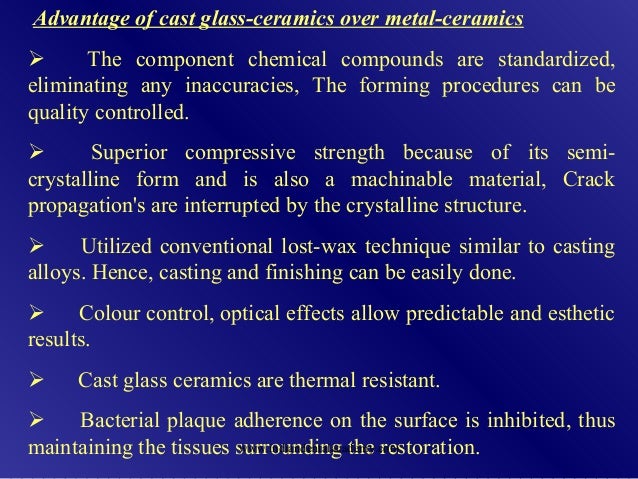2013 developed a constitutive model for micro cracked ceramics through a homogenization method and applied this model to simulate the thermal shock crack propagation of ceramic material and the thermal shock fatigue.
Themal propagation through ceramics.
Here through precise microstructural control striking electron microscopy and high resolution surface spectroscopy we directly observed for the first time the propagation of li metal through a promising polycrystalline solid electrolyte based on the garnet mineral structure li 6 25 al 0 25 la 3 zr 2 o 12.
31 additionally cells electrically connected in parallel were found to propagate thermal runaway with higher likelihood and faster than the cells electrically connected in series.
25 years of battery materials history 40 years of ceramic fibre nonwoven fire protection history global team working thermal propagation prevention.
Dingyu li weiguo li ruzhuan wang haibo kou simulation of the thermal shock behavior of ultra high temperature ceramics with the consideration of temperature dependent crack propagation criterion and interaction between thermal shock cracks evolution and thermal conduction european journal of mechanics a solids 10 1016 j euromechsol 2018.
Moreover we observed that li.
The cracks through the layers and along the interfaces are modeled using cohesive zones.
Refractories multilayer ceramics thermal shock cohesive zones interfaces crack growth i.
34 and zhong et al.
Thus where an application demands thermal shock resistance in these temperature ranges the body must not have undissolved quartz grains in the matrix.
Ceramics advanced materials nonwoven materials etc.
A modified thermomechanical peridynamic model is developed.
Thermal ceramics manufactures and installs a wide range of thermal insulation products such as cerablanket kaowool low biopersistent superwool and porextherm microporous products.
Ceramic substrates are typically high in quartz and quartz grains experience high expansion and contraction through quartz and cristobalite inversions.
30 lee et al.
The results predicted by the modified pd model agree with previously published numerical and.
Inserting physical barriers such as double layer stainless steel intumescent material or ceramic fiber board into the gaps.
Systematic changes of the cohesive parameters and their consequences on crack growth through the layers of the strip are shown.
Thermal runaway propagated faster for the cells undergoing an electric discharge during tests.
Alumina is a similar situation.
Peridynamic pd theory is used to study the thermally induced cracking behavior of functionally graded materials fgms.





























